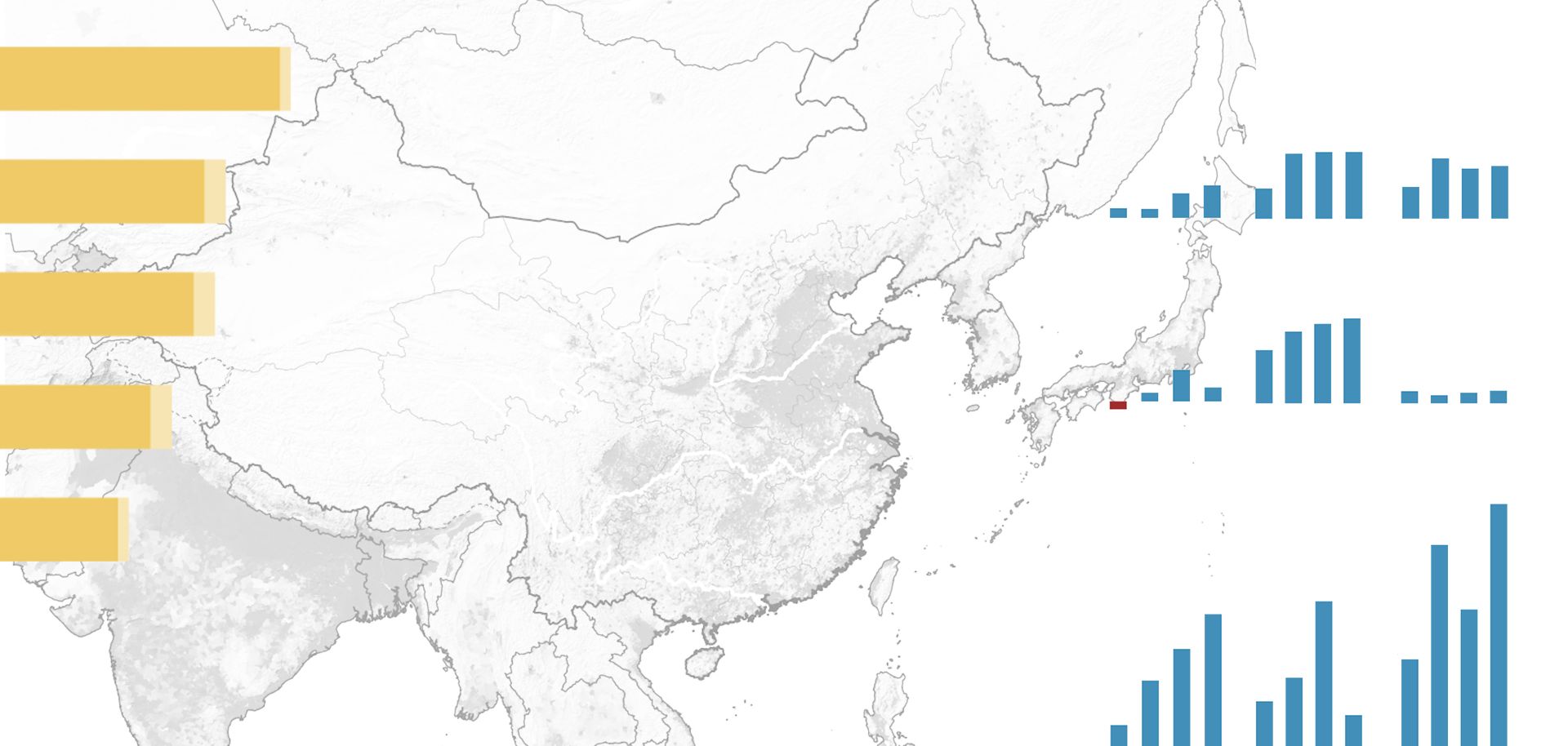
Bolivia is the third largest supplier of cocaine to the international drug market. Coca, the native plant from which cocaine is derived, is widely cultivated in Bolivia's western and central highlands. It is illegal in other South American countries, such as Colombia and Peru, but Bolivia allows government-regulated coca cultivation for medicinal and traditional cultural purposes. However, producers and corrupt government officials also divert some legally produced coca toward cocaine production, and several illicit coca farms exist alongside legal ones. This ensures a steady supply of coca for Bolivian cocaine manufacturing labs, which are concentrated mostly in the country's eastern lowlands.
With Bolivian President Evo Morales running for a third term in 2014, the government will probably limit its efforts to eradicate illegal coca fields in areas where Morales' political support is strong. Since the U.S. State Department stopped cooperating with Bolivian anti-drug operations in August, local security forces have been solely responsible for eradicating illegal coca fields. Destruction of illicit coca has risen in some regions, such as Yungas in western Bolivia, while pressure in the Cochabamba tropics — where Morales has traditionally enjoyed strong political support — remains steady. Despite the reduced pressure on certain coca producers, Bolivian cocaine production will not rise significantly if Morales is re-elected unless increased eradication efforts in neighboring Peru displace producers to Bolivia.



